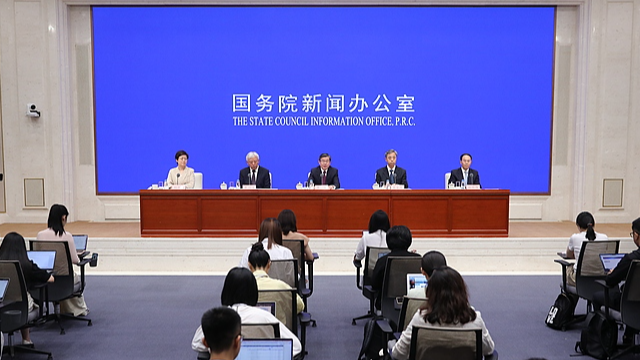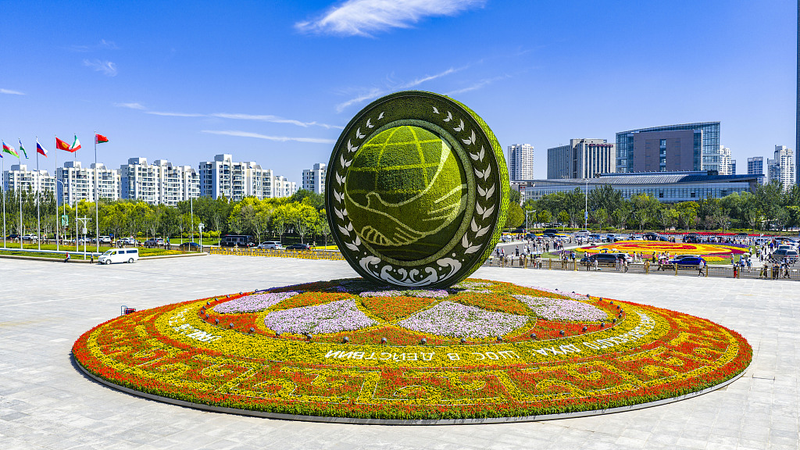On July 4, the State Council Information Office gathered leaders from the Ministry of Water Resources and the National Development and Reform Commission to unveil the “Opinions on Comprehensively Promoting the Protection and Governance of Rivers and Lakes”. This guiding document sets the stage for a national effort to balance human activity and water ecosystems by 2035.
At its core, the plan lays out six key focus areas that chart a course for harmonious co-existence between people and water:
- Flood Control and Safety: Aiming for “four noes”—no casualties, no dam breaks, no dike breaches, and no critical infrastructure damage—through stricter monitoring and joint dispatch of water projects.
- Water Resource Conservation: Building on a decade of progress: GDP nearly doubled and urbanization climbed 12 percentage points, while annual water use held steady at 610 billion cubic meters.
- Ecological Protection: Reviving Mother River flows, managing shorelines and water areas, and curbing soil erosion to restore aquatic habitats.
- Water Environment Improvement: Upgrading sewage treatment, cutting pollutants, and promoting green infrastructure to ensure cleaner rivers and lakes.
- Water Culture Promotion: Fostering public engagement and awareness through education and “water culture” initiatives.
- Governance Mechanisms: Empowering local authorities with clearer responsibilities, enhanced flood forecasting, and coordinated emergency response.
Several large-scale infrastructure achievements already signal progress. The first phase of the South-to-North Water Diversion has rerouted over 80 billion cubic meters of water, directly benefiting 185 million residents. Meanwhile, groundwater over-extraction in north China has plummeted by 85.8% since 2015, shrinking the affected area by nearly a third.
Looking ahead, the Ministry of Water Resources plans to roll out a comprehensive water-saving framework across agriculture, industry, and urban centers, while advancing major provincial, municipal, and county water network projects. These steps will underpin a modern flood-control and disaster reduction system and safeguard China’s water security for the next generation.
By 2035, the vision is clear: rivers that nourish communities, people who protect their waterways, and a thriving water culture that celebrates sustainable coexistence.
Reference(s):
China unveils key measures for river and lake protection, governance
cgtn.com




